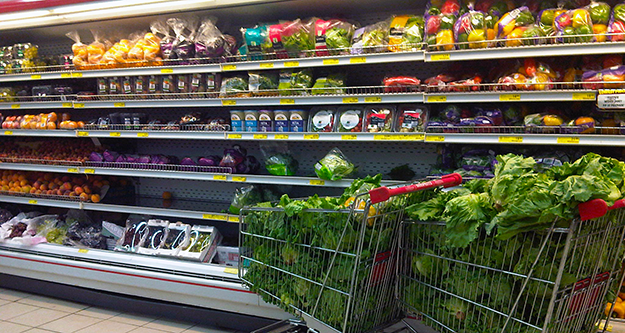Policy and supply/demand changes are the root for the few changes that occurred in November. Strict monetary policy and restrictions directly caused several currencies to gain value against the U.S. dollar. A disparity in supply and demand caused the depreciating currencies to lose value. In Malawi’s case, the currency was devalued when the gap widened between the parallel and market rates.
Currencies Losing Value Against the U.S. Dollar:
ZMW – Zambian Kwacha
Zambia is suffering from large external debt and falling metal prices. The currency had a steep decline due to these factors. Zambia’s central bank has started to put measures in place to slow the currency’s decline that include raising the minimum requirement of currency deposits for banks. The goal of this change is help stabilize the currency’s price and mitigate inflationary pressure.
NGN – Nigerian Naira
The Nigerian naira has weakened due to an increase in demand for US dollars in the country and the central bank’s failure to hold a monetary policy meeting for the second time consecutively. The lack of a monetary policy meeting has heightened uncertainty for stakeholders. The central bank usually meets once every two months.
MWK – Malawian Kwacha
The kwacha was devalued by Malawi’s central bank due to supply and demand differences and growing disparity between the official and parallel exchange rate. Malawi’s foreign currency reserves have also been depleted. Malawi has met with the IMF, which approved a 48-month extended credit facility equal to US175 million USD that will help with the country’s foreign exchange supply.
Currencies Gaining Value against the U.S. Dollar:
AFN - Afghan Afghani
Last month the Afghan government placed currency restrictions that strengthened the afghani’s value. The currency restrictions banned the use of the U.S. dollar and Pakistani rupee for local transactions, which decreased the demand of the currencies. Although the afghani has increased in value, the cost of goods for wholesalers have not adjusted.
RUB – Russian Ruble
The Russian ruble increased in value due to several factors. Capital outflows were reduced by strict capital controls put in place by the government. An increase of the interest rate and crude oil have also contributed to the ruble’s performance.
How do currency changes affect compensation?
For up-to-date figures, please reach out to your AIRINC representative or click here to reach our inquiries team now.
Subscribe to our blog to stay updated on changes around the world that impact Global Mobility, including your cost of living allowances.




%20(29).png)
%20(33)%20(1).jpg)


